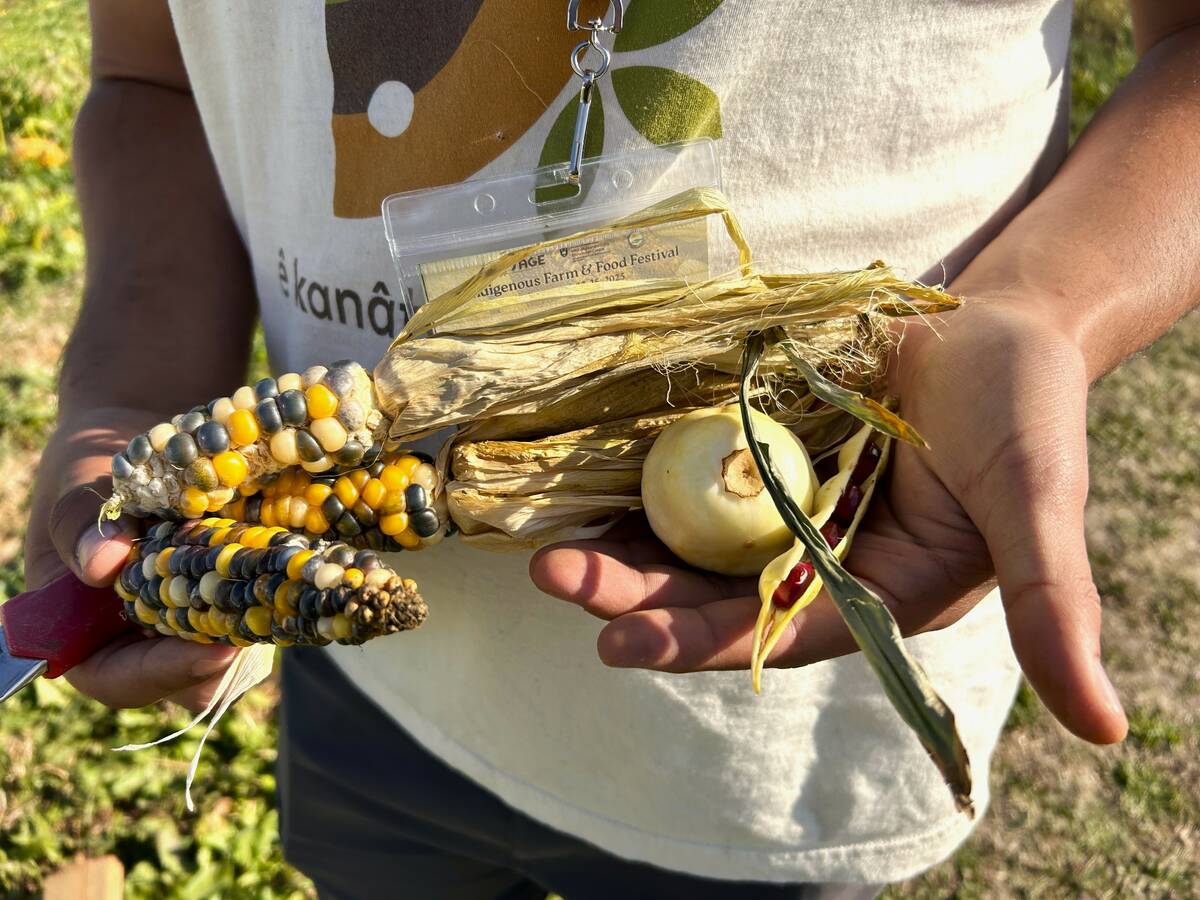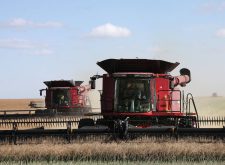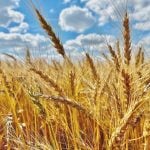Glacier FarmMedia – What does Canada’s agriculture and food sector need to do to insulate itself from major disruptions?
According to the latest Canadian Agri-Food Policy Institute (CAPI) report “A Toolbox for Managing Crises,” everyone linked to ag needs to stop working alone to extinguish fires and instead adopt a more dynamic approach to problem solving.
In practice, the report’s authors say, that means developing a much wider understanding of the issues facing each sector and how they intersect and then implementing long-term strategies to account for risks.
Read Also

Regenerative practices meet Indigenous knowledge on the Prairies
What do traditional Indigenous agricultural practices and regenerative agriculture have in common? Quite a lot it turns out.
This approach is lacking. The authors argue that, by focusing on a single business or sector at a time, Canada’s agriculture and food system remains more vulnerable to disruption.
Why it matters: Current and past responses to major disruptions, by both industry and government, have been ad-hoc and may prove inadequate if multiple disruptions hit at once, says a report.
The report’s summary points to years of pandemic-driven disruption, climate change and extreme weather, plus geopolitics and other factors, all of which have generated concern about the reliability of supply chains.
The result has been a shift in how people think about supply chains – from just-in-time, high-efficiency and low-cost production to more emphasis on understanding threats and striking a balance between efficiency and resilience. People have realized that even small issues can have outsized impacts on the highly tuned machine that is a just-in-time system.
When multiple crises converge, the impacts are much more severe.
The risk is particularly significant given the lack of a long-term vision for the Canadian agri-food sector; something not helped by federal policy limited to five-year cycles, CAPI notes.
This translates to programs and policies that cannot account for simultaneous crises or prolonged crisis periods. There is less effective research, strategy and analysis, and greater difficulty recognizing the impact of economic, environmental and social issues.
“There’s so much happening and so many crises occurring. We were trying to create tools so the industry can take a more dynamic view of everything that’s happening,” said Karen Hand, one of the report authors and founder and president of Precision Strategic Solutions.
“That’s very difficult when you have competing disruptors. How do you create a risk landscape so you can appropriately decide on long term strategies? How do we proceed and approach these risks to enhance agriculture resilience? What do we need to consider when were looking at this very complex system?”
‘Crisis management toolbox’
Hand and her fellows suggest a six-part framework, or a “crisis management toolbox,” for analyzing vulnerability in any sector.
The first step involves investigating “what keeps agri-food stakeholders up at night” through exhaustive consultations with every level of the value chain.
Case studies can then be developed and analyzed, and all vulnerabilities mapped – such as overburdened meat processing capacity or barriers to expanding provincial meat processing. Once mapped, they can be prioritized.
The proposed framework might sound basic, but from Hand’s perspective, no central hub for such an approach exists. There is no effective body, or series of bodies, where farmers, commodity groups, scientists and other experts have come together to analyze risk and vulnerabilities with a broad perspective.
She says this is partly a result of a lack of vision in leadership or, where leadership is present, a failure to translate vision into policy.
“We need to talk to everyone to know what’s going on at the farm, in transport, processing, or we will not know the full impact of disruptions like a pandemic,” said Hand.
Bruce Stephen, one of the CAPI report co-ordinators and an agricultural consultant, said the report is intended to get federal and provincial players as well as farmers to look less at immediate risk and more at strategic risks in the long term.
“Immediate risks, that’s where a lot of people in agriculture, even in government, are preoccupied by all the things hitting the windscreen today, and not that big sinkhole coming down the road,” he said.
The complexity of supply chain issues themselves spurs psychological challenges. Temporary resolutions can fool people into thinking the wider problem has been resolved, Stephen said.
“These are all things people know about, but don’t know what to do … I think everybody thinks someone else has to step in and fix it, the federal and provincial governments being the main targets. But then you get top-down solutions.
“The big thing we were trying to get across in this report is somebody has to think about how to build the governance or operating structure – how to build ownership of this.”
Both Hand and Stephen said the report was originally meant to help farmers and agricultural organizations navigate risk assessment.
However, time and resource constraints limited an intended 24-to-30-month project to just seven months.
“We’re really hoping the [federal government] see their way to taking a deeper dive to develop this strategy further. There’s a lot more that could be done,” said Stephen.

A failure from the top
Keith Currie, president of the Canadian Federation of Agriculture, agreed. He said the U.S. maintains a comprehensive general plan for its agriculture sector that can be analyzed and tweaked but remains part of a longer-term strategy.
There is no such plan for the Canadian agriculture sector.
“Reactions and answers often have unintended consequences in agriculture. The industry itself is so large, when you pick a specific area, you’re going to affect others without realizing it,” said Currie, citing the need for a comprehensive, long-term vision for managing climate crises.
“We need this, but we don’t have anything. We’re not learning from past situations. There’s no big-picture plan on how we react to that, how we deal with that.”
Currie said the carbon tax offers a prominent example of how good intentions can have wide ranging, unintended consequences.
“It’s had devastating effects on bottom lines,” he said. “Every service we use charges a carbon tax. We have to pay that.
“I understand the purpose, but it’s not doing what [the federal government] intended. It’s things like that that really get in the way of this industry taking off.”
The fundamental problem, from the CFA’s perspective, is the federal government’s lack of understanding or willingness to act. Provincial governments are typically more engaged in the sector, said Currie, although he wondered whether that makes it harder to garner federal attention.
“I think it’s the case of the feds saying, ‘you guys invest so we don’t have to’…The frustrating part for agriculture is we see what the economics of the industry are and what it can do, but government doesn’t appear to notice.”
Currie also wishes organizations like his had more resources for consumer-focused outreach –specifically, what it means to buy Canadian food and how much the sector contributes to society economically.
“People need to know the value of that food to them, to the economy and to the country,” he said. “Most governments don’t understand what they have. Food production is pretty fundamental for most people, but no one seems to realize it.”
– This article was originally published in the Oct. 16, 2023 issue of Farmtario.















